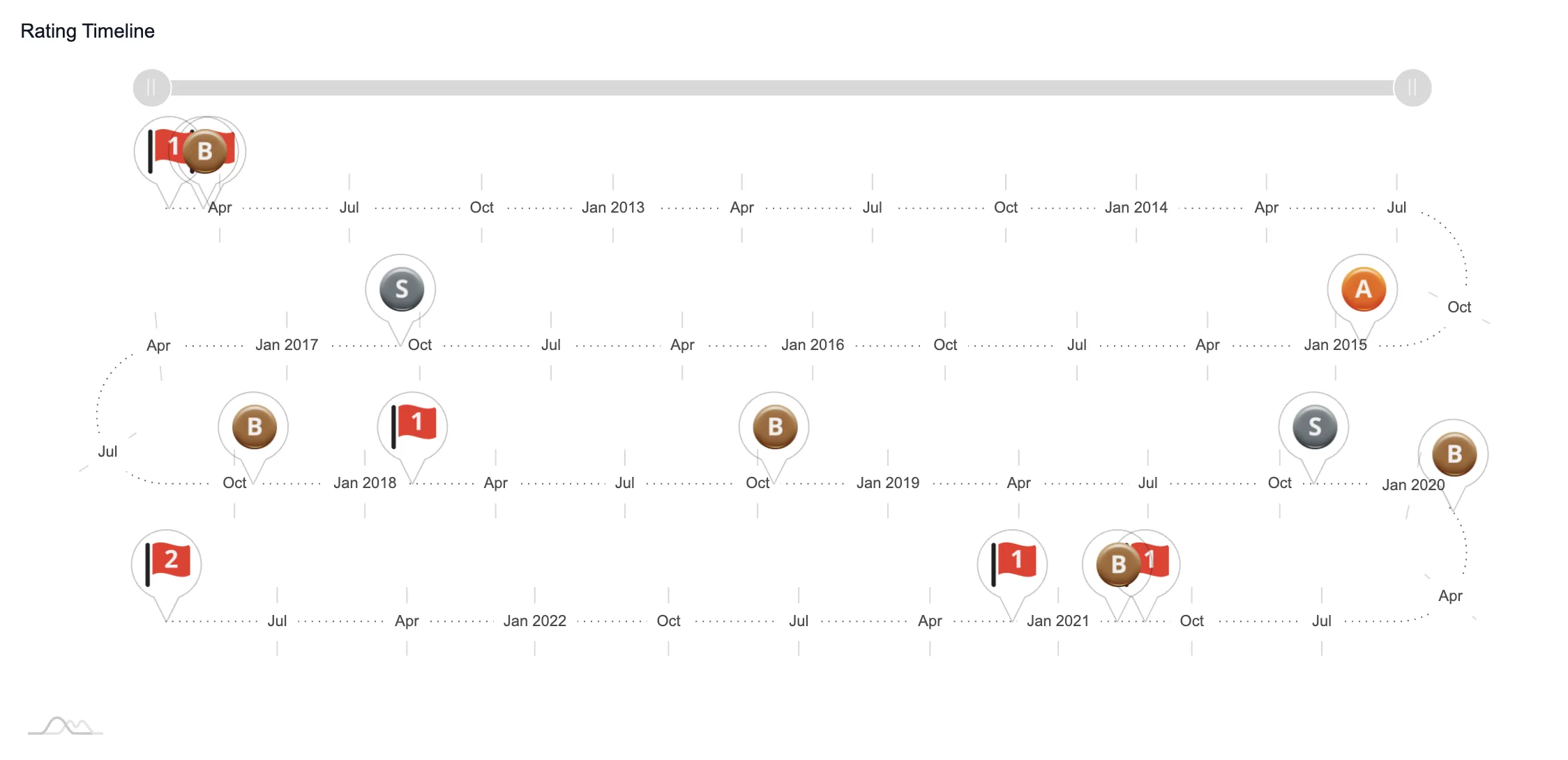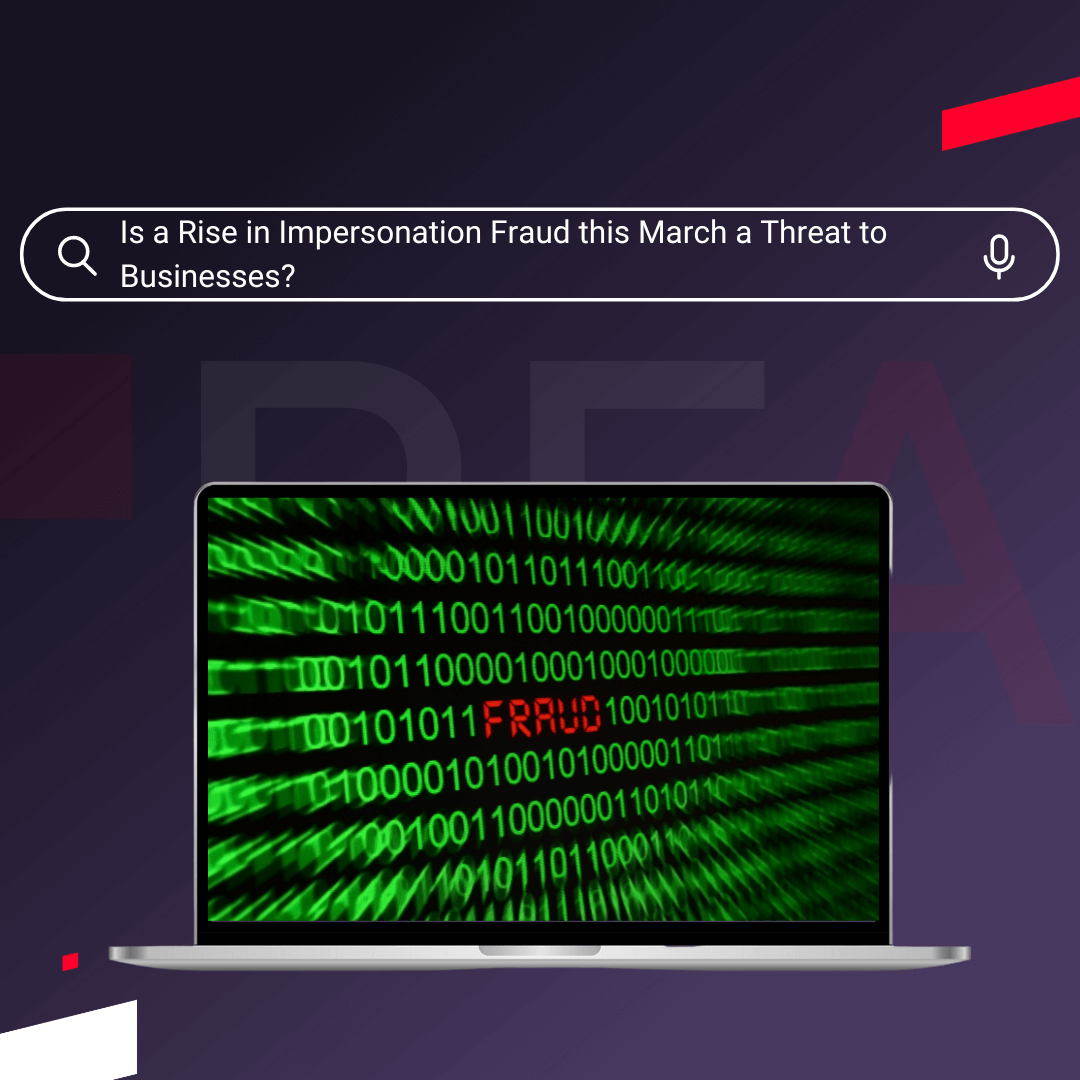Each week thousands of UK companies enter insolvency, leaving a trail of bad debt that totals around £4bn per year.
The debt can leave other businesses – either supply chain or customers – unable to meet their financial obligations, while at the same time the loss of revenue leaves them struggling to repair the damage.
At Red Flag Alert we’ve made it our mission to create the UK’s most effective insolvency scorecard to give companies the tools they need to protect their business and identify risks that traditional CRAs miss.
The scorecard allows businesses to accurately predict which companies are at risk of becoming insolvent in the next 12 months.
This means our clients are able to see which of their customers may pose a financial risk and take steps to protect their businesses where necessary.
Insolvent Debt Results in Huge Losses
Some companies that enter administration do so owing large sums of money to hundreds of companies.
The result is a wave of bad debt that reverberates throughout supply chains and leads to many secondary insolvencies.
An excellent recent example is Sanderson Contracts Ltd, which recently went into administration owing £10,325,700 to 430 unsecured creditors.
The company also left two unfinished projects for Easy Hotels that were worth a total of £120 million.
Seventeen of Sanderson’s unsecured creditors were pushed into financial distress and put at risk of failure overnight as a direct result of the company’s insolvency, with many more facing heavy losses.
Red Flag Alert allows you to spot the early warning signs of such events and take preventative steps to avoid such losses.
Transparent, Credible Data
At Red Flag Alert we know that our customers base important business decisions on our data to protect their company.
It is vital, therefore, that we uphold transparency and credibility as key values – that’s why we regularly publish our data in several different formats, all of which are publicly available.
For example, each quarter we release the Red Flag Alert Distress Index, providing figures on the number of UK businesses experiencing financial distress during the period.
We also produce several reports that analyse financial trends and provide guidance and advice on business issues.
One example is our Write Off Report – a comprehensive guide to UK insolvent debt over the previous quarter that provides key insights on current and emerging trends across all sectors.
These publications are free to access, and we disseminate the findings widely in the media.
Independent Data, Powerful Algorithms
Instead of relying on ratings issued by government-appointed credit agencies – such as Experian’s Delphi Score – we use our own independent methodology based on a predictive machine learning algorithm.
In this section, we’re going to explain how this process works and some of the factors used in making these predictions.
Our process involves four main stages:
Gather current data: We don’t just rely on a single data source; ours is collected instead from several reputable places.
Collate historical data: We combine current information with over a decade of historic data.
Powerful machine learning algorithm: The data is fed into our algorithm, allowing us to produce a detailed picture of each business’s specific circumstances and predict their future financial health.
A human touch: Our analysts continually check the algorithm to ensure that experts approve our predictions.
Here are some of the factors that we analyse every day to make accurate predictions on the financial health of every UK business:
Micro businesses: These very small companies aren’t required to submit detailed accounts, so it can be difficult to understand their circumstances.
We use what information is available, along with our algorithm to provide an accurate indication of their financial health.
Insolvent bad debt: When a company experiences bad debt, it is three times more likely to become insolvent within the next three months. To predict this result we compare the size of the debt against the business’s specific circumstances.
Sector stability: Certain sectors, e.g. construction, are more exposed to factors such as bad debt or economic slumps.
By considering what sector a company is in, as well as those its customers work in, we can form a clear view of what factors may cause adverse effects.
Hidden problems: Actions such as a company changing its accounting period or putting a fixed charge on an asset might indicate that they are trying to hide financial difficulties.
Short selling: Short selling is when investors speculate on a company’s share value decreasing.
It indicates that investors think the company will perform poorly in the near future, and it is, therefore, a critical gauge of financial health.
Discover how Red Flag Alert’s experienced team can help you mitigate risk and protect your business. Why not get a free trial today and see how Red Flag Alert can help your business?





